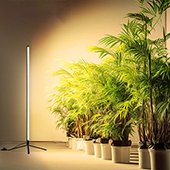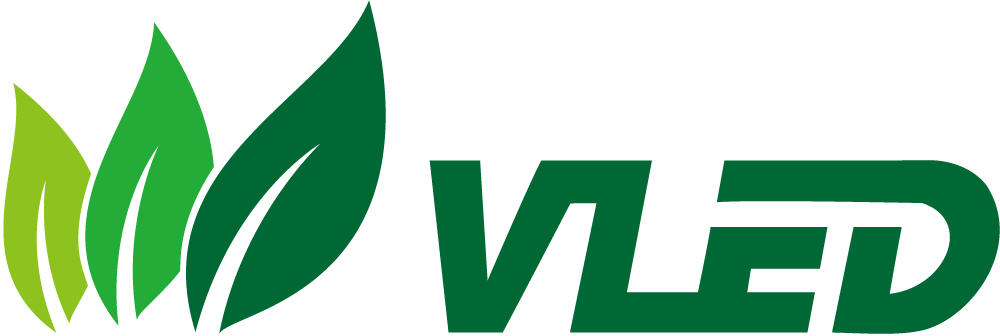When it comes to maximizing your green thumb under LED grow lights, understanding light intensity is crucial.
While the number of plants you can grow depends on various factors, light intensity reigns supreme. Here’s a deep dive into this key factor and how it influences your indoor garden’s success:
1)PPFD: The Language of Plant Light
Imagine light as a currency. Photosynthetic Photon Flux Density (PPFD) measures how much usable light (photosynthetically active radiation) reaches your plants each second.
The higher the PPFD, the more “currency” your plants have for photosynthesis, fueling their growth.
2) LED Wattage: Not the Whole Story
Don’t be fooled by wattage alone! While it indicates the overall power input, LED grow lights vary greatly in efficiency.
Some convert more electricity into usable light for your plants than others. This means a 150w LED with high efficiency might provide the same usable light as a less efficient 200w model.
Always check the PPFD specifications of your lights, not just the wattage, to understand their true “plant power.”
3)Tailoring Light Intensity for Success
Plants need different PPFD levels at different stages:
Vegetative Stage (Seedling and Early Growth): Most plants thrive under moderate PPFD levels, typically around 150-200 μmol/m²/s.
Flowering Stage (Fruit and Flower Production): Many plants require increased PPFD during flowering, often 300-500 μmol/m²/s, for optimal yield and quality.
Here are some PPFD benchmarks for common plant types:
Lettuce: 150-200 μmol/m²/s
Tomatoes: 300-400 μmol/m²/s (vegetative), 400-500 μmol/m²/s (flowering)
Strawberries: 400-500 μmol/m²/s
Herbs: 100-200 μmol/m²/s
Remember: These are just guidelines. Research your specific plant varieties for their exact PPFD requirements and adjust accordingly.
Tips: Invest in a PPFD meter to measure the light intensity at different points in your grow space. This helps you ensure even distribution and adjust your light setup for optimal plant growth.




